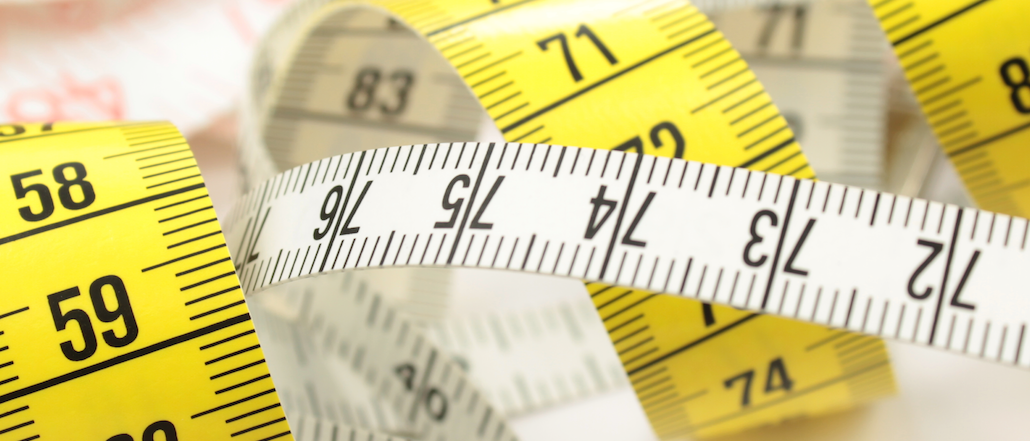Save 50% on a 3-month Digiday+ membership. Ends Dec 12.

In the old days, press mentions and scoops were the currency of publishers. But with the instant, fragmented and compulsively measurable nature of digital media, you might not think old yardsticks would be relevant today. Still, digital natives aren’t necessarily abandoning traditional metrics. Here’s how a handful told us they think about and measure influence.
Chris Altchek, CEO, Mic
While we track press mentions and inbounds links, social media has changed the way influence is measured. At Mic, we track overall sharing, thought-leader engagement on social, and media mentions. Putting all three together, we’re able to measure the impact of an individual story.
For example, when Ashley Judd published her op-ed on Mic in March [on online violence against women], the story generated a trending topic on Facebook, was retweeted by several academics, journalists and celebrities, and was discussed on the “Today” show. We also track depth of engagement on a story-by-story basis which includes time spend, scroll depth, and how many readers subscribed to Mic after reading a story.
Aneesh Raman, vp of marketing and audience development, Ozy Media
Our most important metric is the number of people who are coming to the site by habit. It’s important to us to have people who know what Ozy is but also know what it’s all about. Our core metric is repeat visits. Are you opening our Presidential Daily Brief [newsletter] every day? Are you sharing it with others? We want to think about an audience that has a propensity for e-commerce. It shows we’re building a relationship.
Henry Blodget, CEO and editor-in-chief, Business Insider
We measure impact through quantitative measures including readership, sharing, and referral links and qualitative measures including reader feedback (usually email and social), insider feedback and third-party mentions and interest. We use proprietary analytics for the readership and sharing info and our own eyes and ears (and social) for the rest. We don’t obsess about any of this; we just use it to help learn what our readers care about and to make sure that we’re doing a great job of serving them.
Jim Spanfeller, founder and CEO, Spanfeller Media Group, parent of The Daily Meal, The Active Times
We look at social influence, syndication reach and use of our lists and other content by third parties. Certainly, setting the agenda for the a wider list of other media outlets is still very important. Now though, there is a wider swath of possible outlets to influence. Social comes first to mind, but native digital properties with scale are also super important. Another point to consider is the value of a “scoop.” With instantaneous publishing, the raw tonnage value of scoops has decreased dramatically. That said, there is still great cred to be had by leading the conversation. And finally, the notion of publishing anywhere is real. We might publish a story on [our food vertical] The Daily Meal that sparks other coverage.
Nicholas White, editor-in-chief and CEO, The Daily Dot
We look at social signals like shares and likes, but we also look at press mentions, because on some level, it shows you how much you’re influencing the rest of the media, which may in turn influence society in general. We get a similar number of press mentions as Politico does. We’re regarded by people who spend their time validating information as a reliable source.
We also survey our audience. It’s a way to say to advertisers that we have credibility with our readers, we have influence with them. You can have a publication that’s never cited in the press but has a deep trust. I worked in community publishing, where the community newspaper had a standing in that community that is radically different from a lot of digital publishers. ViralNova can drive a shitload of traffic, but it’s never going to have the standing that a community paper had in its community.
Jay Lauf, president and publisher, Quartz
Some of the same old metrics still apply — press mentions, whether your key staffers are being pursued for panels, whether you’re being copied. In digital, there’s a much more measureable way: traffic, shares on social media, and by whom it’s being shared. If you have 100 shares, if those 100 have an average following of 3,000 versus 200, that’s a way of measuring influence. Who’s following you, subscribing to your newsletter. That is a whole new world that didn’t exist in print.
Image courtesy of Shutterstock.
More in Media

As big brands flood the podcast ad space, startups are refining strategies to stand out
While a influx of big advertisers is good news for podcast companies, it also makes it more challenging for small- to mid-sized brands to stand out in the space.

Meta enters AI licensing fray, striking deals with People Inc., USA Today Co. and more
The platform has secured seven multi-year deals with publishers including CNN, Fox News, People Inc., USA Today Co to incorporate their content into its large language model (LLM) Llama.

European publishers say the Digital Omnibus ‘cookie fix’ leaves them worse off
The European Union’s attempt at a legislative spring clean for Europe’s web of data privacy rules, has landed flat with publishers.





